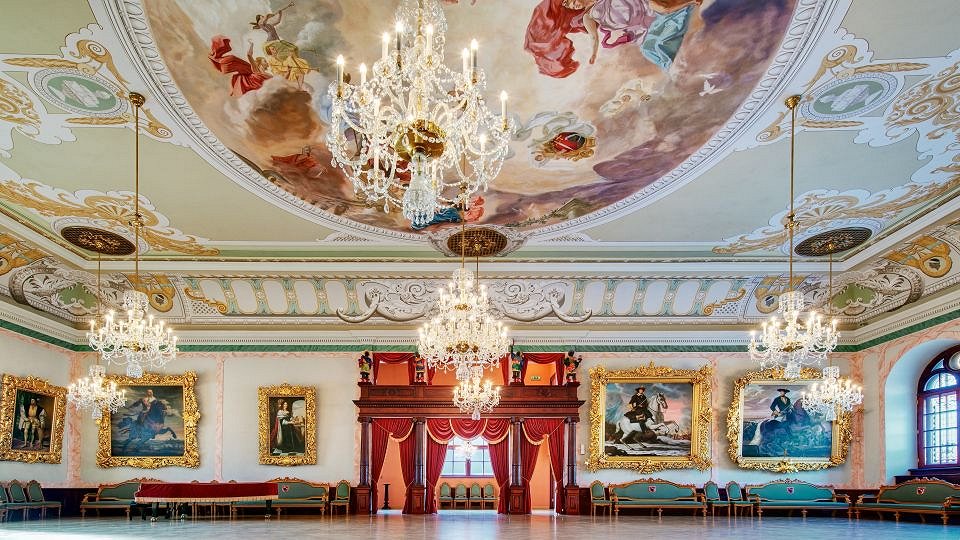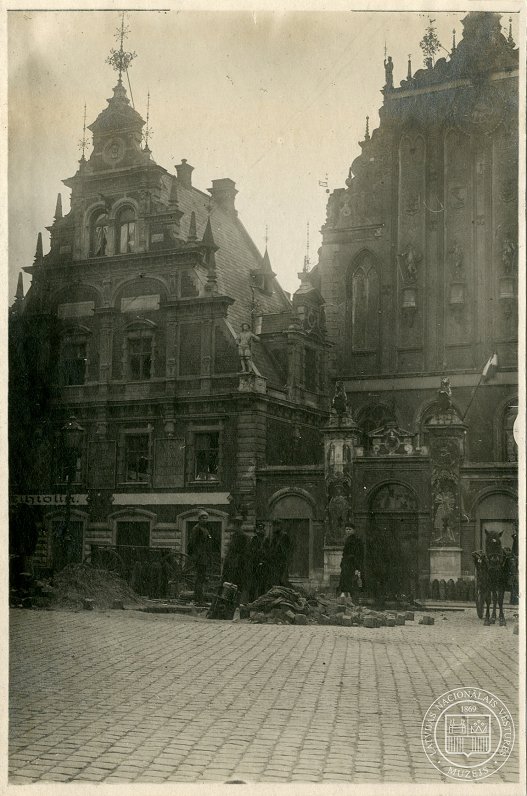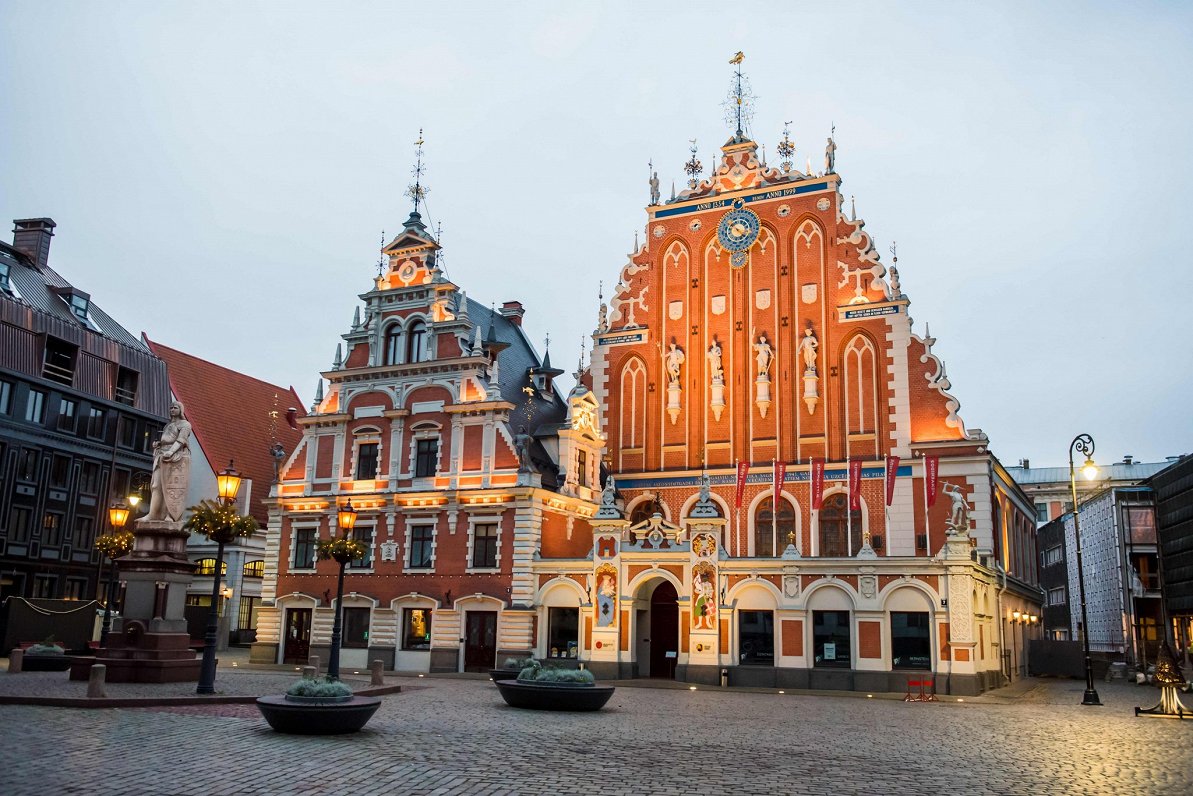Standing in front of the House of Blackheads, one doesn’t have the faintest feeling that this is a historical replica. The impressive and picturesque building, its gable decorations glittering in the sun, adorns the Rīga Town Hall Square. There was a time when it was the gathering place for a brotherhood that was among the richest in tradition across the Baltic Sea space. Nowadays, the luxurious building in the historical town center is one of the most popular sights in the Latvian capital. Under the Soviets, however, the building, which symbolizes the great commerce tradition of Hanseatic Rīga, had completely disappeared from view for almost half a century.
The first records on the house date back to 1334. Traders of the important Hanseatic city of Rīga, along with burghers, predominantly of German descent, would hold meetings at what was then the New House of the Great Guild. In the mid-15th century the Rīga town council rented part of the building to the Brotherhood of Blackheads (Compagnie der Schwarzen Häupter), which assumed full ownership of it in 1713. This brick building, with a facade adorned with an astronomical clock, lions guarding Hanseatic coats of arms, as well as allegorical figures, has carried its current name ever since.

The Brotherhood of Blackheads was an association of unmarried foreign traders chiefly of Low German descent. Records testify to this brotherhood starting 1413. Its official name was shortened colloquially to the “Blackheads”, and it was to serve social and public causes. Defending the outposts of trade and missionary activities in the Baltic Sea was also among its duties.
The Blackheads are thought to derive their name from Saint Maurice, the chief patron of the brotherhood. Legend says that this black Roman officer died a martyr’s death around 300 AD after converting to Christianity. Up to the present day, members of the brotherhood wear a badge with a picture of the black martyr’s head and a white bandage around it on their lapels. The head of Saint Maurice likewise features on the heraldry of the brotherhood, which adorns the entrance portal and Festive Hall of the building.
Events and official receptions are held at the luxurious Festive Hall as well as the Lübeck Hall, which holds a large-scale painting of the eponymous Hanseatic city. Russian tsars, Swedish kings, Kaiser Wilhelm II, German presidents and numerous heads of state and government have visited here. The composer Richard Wagner, who served as the Kapellmeister at the Rīga City Theater for three years, held several evening concerts here. A commemorative plaque in the entrance area now serves as a reminder of this.
As Latvia was annexed to the Soviet Union, the Blackheads had to leave Rīga in 1940. They first settled in Hamburg and then moved to Bremen. The brotherhood statutes (“Schragen”) have been preserved, and its members still obey the old rules. They use the splendid silverware stored at the Roselius-Haus for the festive table at the annual symposium of the brotherhood. Other items from the legendary collection of the Blackheads’ silverware are stored in Rīga.

In the Second World War, the House of Blackheads and the surrounding buildings were badly damaged during the German advance. In 1948, the Soviet authorities detonated the ruins for ideological reasons, making room for a vast square. It was later covered with buildings – a sombre black museum for Red Latvian riflemen, and a monument to the riflemen in front of it. Both of these objects were dedicated to Latvian units that fought on the side of the Bolsheviks in the First World War.
Cautious attempts to restore the destroyed locations in Old Rīga were made in the Soviet era, but decisive action could only be taken after Latvia reinstated independence in 1991. In preparation for the 800th anniversary of Rīga, construction started to restore a historically accurate copy of the House of Blackheads. It was finished in 1999.
With the reconstruction of the House of Blackheads, an initiative which was criticized somewhat as too past-oriented, the legacy of the Blackheads has been fulfilled. They had, at one time, inscribed the following above the entrance portal: “Should I ever fall apart, give me, then, another start.”
The German Traces series was first published as part of the Goethe Institut in Rīga project “German Footprints in Latvia” ("Vācu pēdas Latvijā" www.goethe.de/vacu-pedas). The linked mobile application "German Footprints in Latvia" can be downloaded at www.ej.uz/vp-iOS and www.ej.uz/vp-Android.



























